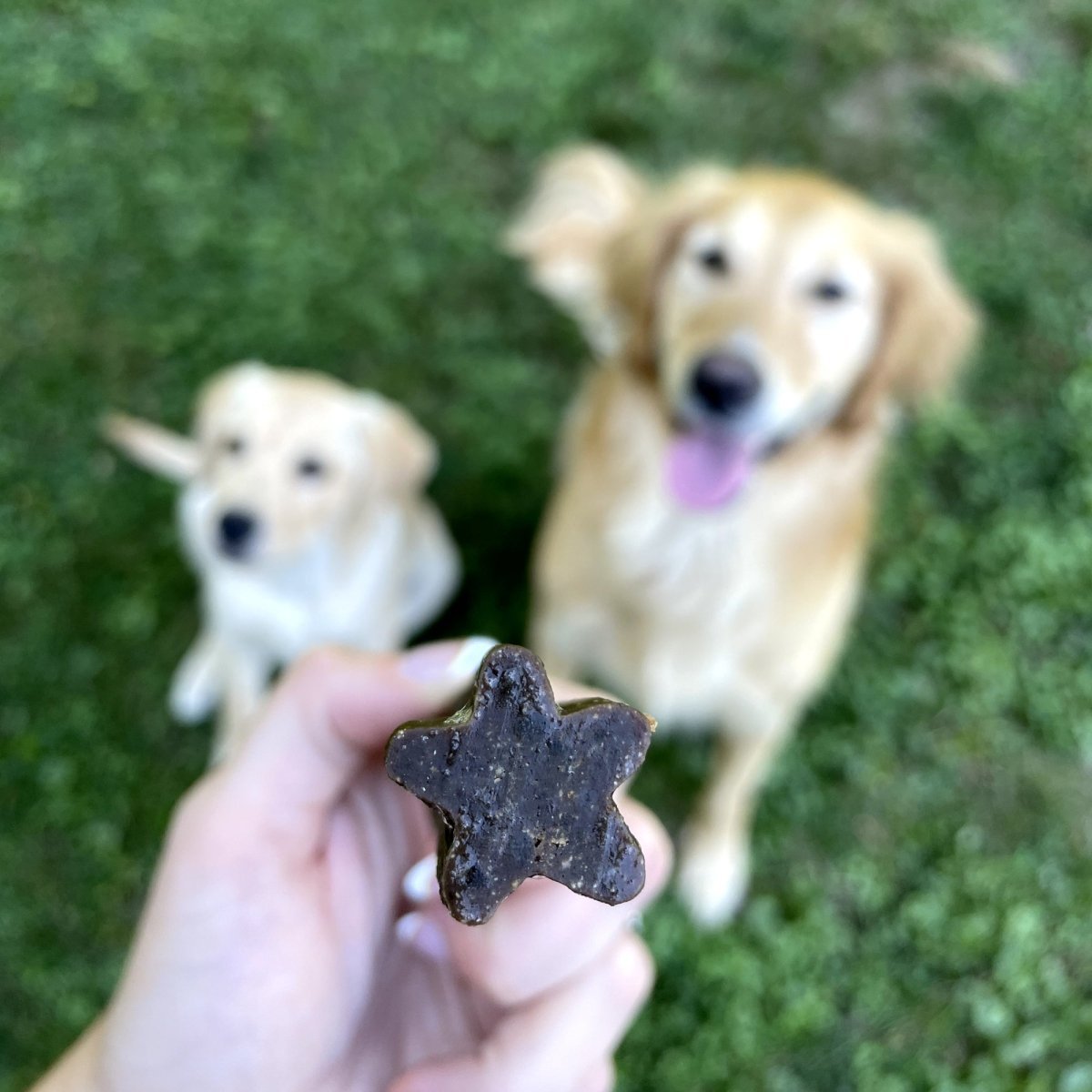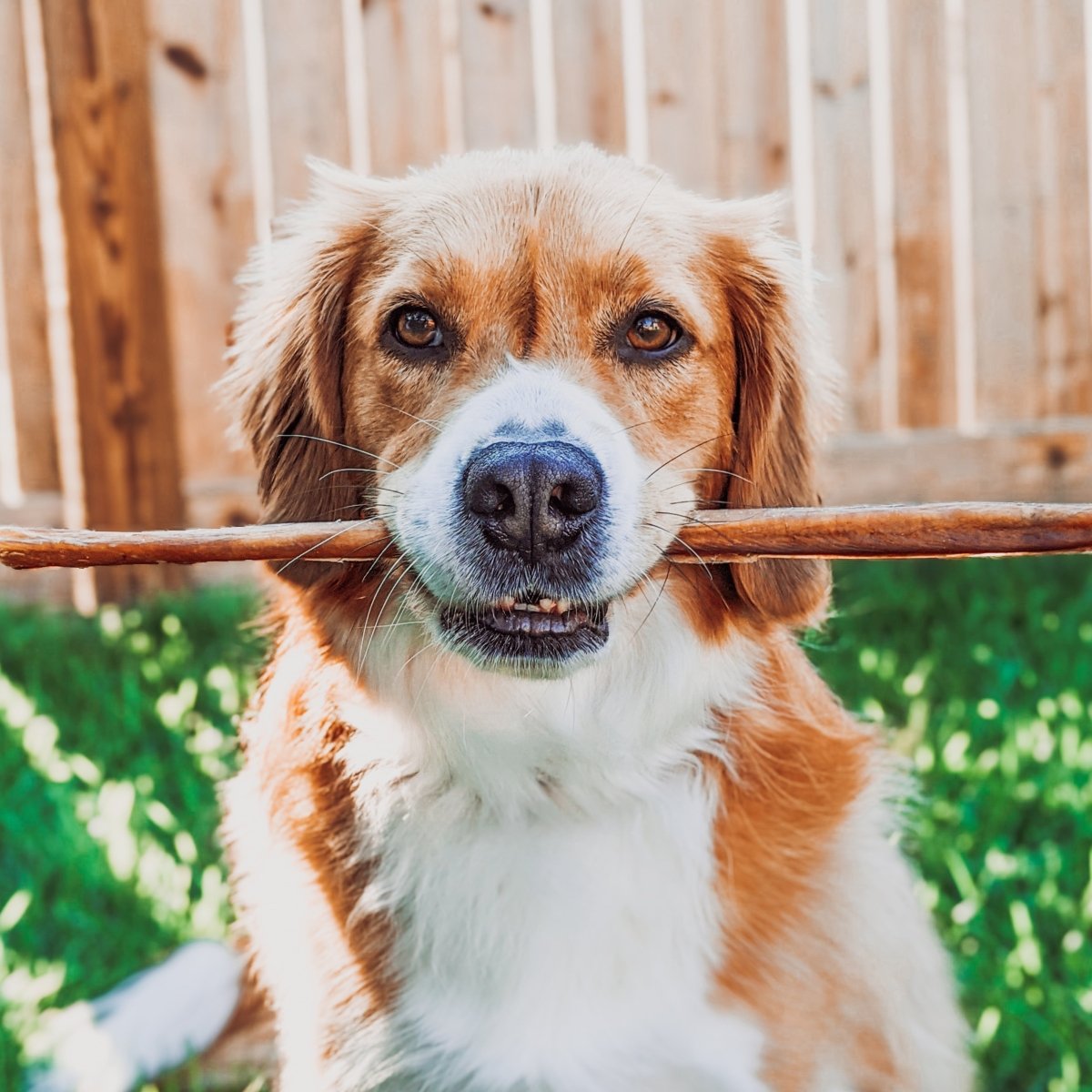
Memorial Day is over, but Best Bully Sticks thinks honoring our soldiers shouldn’t be confined to just a few days a year. That’s why BBS is dedicating this post to a particular set of soldiers that are dear to our hearts: military working dogs, or MWDs.
Dogs have been a part of military efforts in every society dating back to the Ancient Romans. However, the United States Military first formally trained dogs for service during WWII. Today many military bases include Canine Training Facilities that put dogs though a myriad of tasks to prepare them to fill certain rolls in military. Some of these include roles as sentries, trackers, bomb and drug detection and dogs even go on rescue or reconnaissance missions. There are even dogs who jump out of planes!
Even the most high-ranking officials agree, the role MWD’s fill is irreplaceable. General David H. Petraeus said, “The capability they (Military Working Dogs) bring to the fight cannot be replicated by man or machine. By all measures of performance their yield outperforms any asset we have in our inventory. Our Army (and military) would be remiss if we failed to invest more in this incredibly valuable resource.”
In 1942 when dogs first began training for military service, several breeds were trained and included Airedale Terriers, German Short Haired Pointers, Norwegian Elkhounds, Rottweilers, Doberman Pinschers, Standard Poodles, Dalmatians, Boxers, Labrador Retrievers, Bull Mastiffs, Collies and more!
In today’s military training, there are three preferred breeds: German Shepherds, Dutch Shepherds, and Belgian Malinois. These breeds are used because they have been seen as the most versatile over the years. Once the dogs are selected for service, they are taken to Basic Training at Lackland Air Force Base in San Antonio. When they pass Basic Training, they move on to their Advanced Training facilities in different parts of the country. Advanced Training continues in the vein the dogs are best suited for and becomes specific to the mission of the military.
“One of the great things about our training is, we never take the dog out of the dog. We train them to do what they want to do,” Fort Bliss Kennel Master, SFC James Allred explained. “We want each dog to maintain his individuality. Handlers have to understand the dog. We manipulate the behavior of the dog. For detection, to get a dog to respond, we use toys as a training incentive. The dog will work because if he finds what he is supposed to find, he’ll get rewarded. Then the dog gets what he wants.”
In training, a MWD and a solider are paired for service. The soldier and dog go through training, training evaluations and then are sent out into the field. The bond between an MWD dog and its handler is very important. Out of respect for MWD dogs and to prevent animal mistreatment, a dog is always one rank higher than its handler. Veteran MWD dogs are used in the training of new handlers, often assisting up to 100 students.
When in a combat zone or any other mission, the two soldiers stay together. Even if a dog gets sick or hurt, both the handler and dog come home. They are never separated. Even when MWDs retire, a current or previous handler usually adopts them. It’s a crucial and powerful bond that can’t be broken.
There are a number of organizations that support military dogs in all facets.
“Adopted” Stray Dogs From Combat Zones:
Dog Foster Services for Deployed Soldiers:
Military Working Dogs Support & Adoptions:
Dogs are amazing in all they can do and dog owners are thankful for the joy they bring into families and lives. We must remember we also owe the dogs who are out in the field of combat a debt of thanks and gratitude.
To learn about other working dogs, check out our recent post on the different types of assistance dogs. Reward your favorite working dog with a treat!
Comments will be approved before showing up.

Dental chews keep plaque in check and gums strong. Read here to learn about nature's toothbrush!

Single-ingredient dog chews and treats are crafted using only one whole food source!

Check out our guide on different types of chews to help you decide on the best chew for your dog!